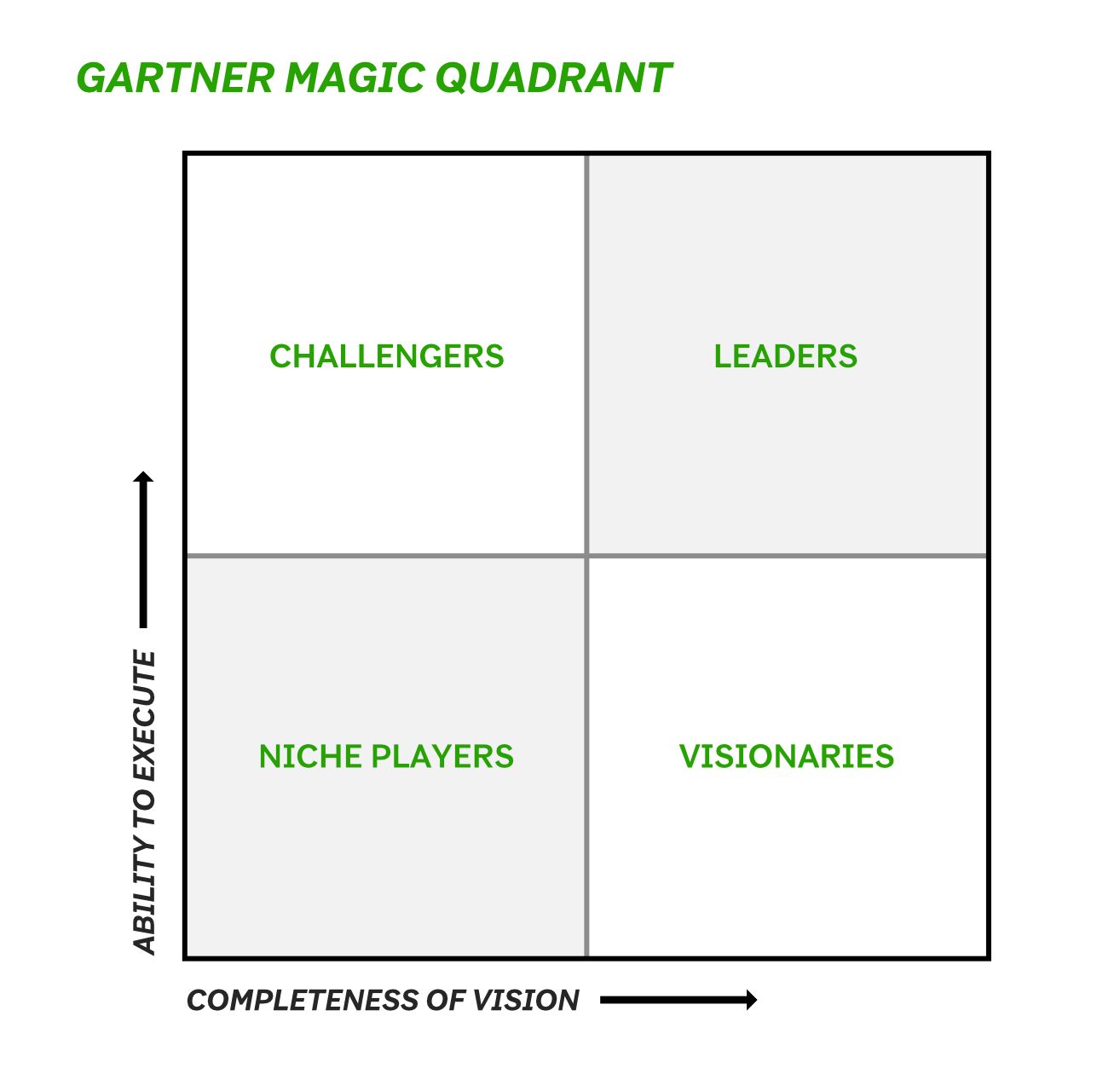Unleash the Competition
Practical Pitching Part 3: Developing the competition slide.

Hello and welcome! This is the third installment of a 10-part series on Practical Pitching — a guide to help first-time founders develop their pitch. Check out the earlier posts here.
The competition slide is arguably one of the most critical slides in a pitch deck. An ideal competition slide should be the confluence of product positioning and market analysis.
Remember: Investors want to see what founders understand about their business that others don't.
- A well-developed competition slide shows founders are aware of the market, it's trends, can think strategically, and have a vision investors can buy into.
Reality check: Every startup has competitors.
- Although a company may lack direct competitors, indirect competitors, alternative solutions, and potential new entrants should be considered.
- While an early analysis of the market and competitors is a basis for developing product and marketing strategy, it also serves as the underlying hook of a pitch.
Drilling down: Analysis of competitors and their products shows that founders understand the market and problem. However, founders should avoid the reductive practice of focusing solely on feature-by-feature comparisons.
- The commonly used feature matrix creates a narrow view of the market based on products and their features.
- Keep in mind: The product is not simply the sum of its features, and adding more features doesn't create defensibility or sustainable differentiation.
Zoom out: The two-axis chart popularized by Gartner's Magic Quadrant is a step in the right direction, but many founders miss the mark. This model's downfall is two-fold:
- Founders naturally place their product or company in the upper right quadrant.
- The development of the variables (axis) is irrelevant and creates confusion.

A better way: Think of the market as a map and break down competitors by solution and market overlap. An exercise to develop this map forces founders to think and vocalize what sets them apart.
- This map helps founders and investors build a mental model of the broader market, synthesize market trends, and track/engage competitors.
To start: Analyze the market using solution and market overlap as variables.
- Categorize competitors as immediate threats, emerging risks, potential partners, and niche players.


